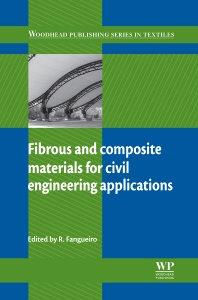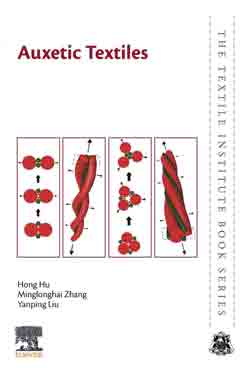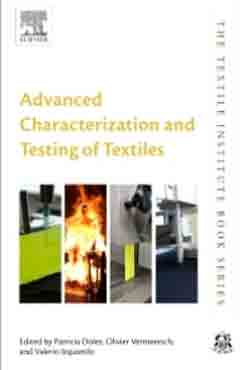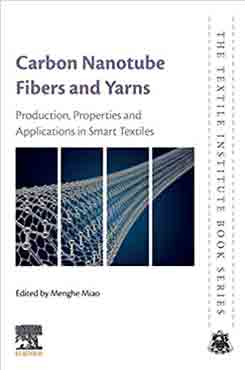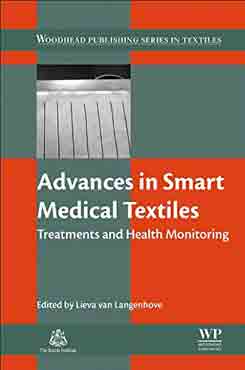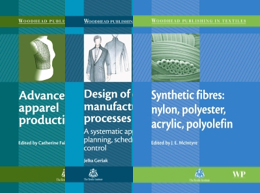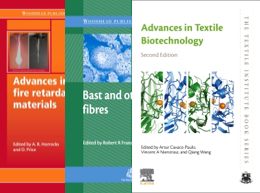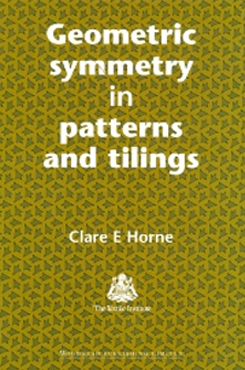Description
The use of fibrous materials in civil engineering, both as structural reinforcement and in non-structural applications such as geotextiles, is an important and interesting development. Fibrous and composite materials for civil engineering applications analyses the types and properties of fibrous textile and structures and their applications in reinforcement and civil engineering.Part one introduces different types of fibrous textiles and structures.
Chapters cover the properties of natural and man-made fibres and of yarns, as well as an overview of textile structures. Part two focuses on fibrous material use in concrete reinforcement, with chapters on the properties and applications of steel fibre reinforced concrete, natural fibre reinforced concrete and the role of fibre reinforcement in mitigating shrinkage cracks. In part three, the applications of fibrous material-based composites in civil engineering are covered. Chapters concentrate on production techniques and applications such as reinforcement of internal structures, structural health monitoring and textile materials in architectural membranes.
With its distinguished editor and international team of contributors, Fibrous and composite materials for civil engineering applications is a standard reference for fabric and composite manufacturers, civil engineers and professionals, as well as academics with a research interest in this field.
Key Features
- Explores the development of fibrous materials in civil engineering, both as structural reinforcement and in non-structural applications such as geotextiles
- Key topics include short fibre reinforced concrete, natural fibre reinforced concrete and high performance fibre reinforced cementitious composites
- A standard reference for fabric and composite manufacturers, civil engineers and professionals, as well as academics with a research interest in this field
Readership
Table of Contents
- Part I: Types of fibrous textiles and structures
Chapter 1: Natural and man-made fibres: Physical and mechanical properties
Abstract:
1.1 Introduction
1.2 Natural fibres
1.3 Man-made fibres
1.4 Textile fibres for use in civil engineering applications: an overview
1.5 Natural textile fibres for use in civil engineering applications
1.6 Synthetic textile fibres for use in civil engineering applications
1.7 Fibre–matrix adhesion
Chapter 2: Yarns: Production, processability and properties
Abstract:
2.1 Introduction
2.2 Synthetic filament yarns
2.3 Natural fibre yarns
2.4 Synthetic yarn manufacture
2.5 Natural fibre yarn manufacture
2.6 Yarn parameters on cement reinforcement
2.7 Conclusions
Chapter 3: Textile structures
Abstract:
3.1 Introduction
3.2 Planar (2D) textile structures
3.3 Three-dimensional (3D) textile structures
3.4 Directionally oriented structures (DOS)
3.5 Hybrid structures
Part II: Fibrous materials as a concrete reinforcement material
Chapter 4: Steel fibre reinforced concrete: Material properties and structural applications
Abstract:
4.1 Introduction
4.2 The fundamentals of fibre reinforcement effectiveness
4.3 Mix design and steel fibre reinforced self-compacting concrete (SFRSCC) compositions
4.4 Fibre pullout
4.5 Characterization of the mechanical properties
4.6 Structural behaviour
4.7 FEM models for the analysis of laminar SFRC structures
4.8 Possibilities of steel-fibre reinforced concrete (SFRC) for underground structures
4.9 Acknowledgements
Chapter 5: Natural fiber reinforced concrete
Abstract:
5.1 Introduction
5.2 Fiber characteristics and properties
5.3 Matrix characteristics
5.4 Properties
5.5 Durability
5.6 Future trends
Chapter 6: The role of fiber reinforcement in mitigating shrinkage cracks in concrete
Abstract:
6.1 Introduction
6.2 Restrained shrinkage cracking of fiber reinforced concrete
6.3 Cracking and damage development in concrete
6.4 Influence of the length of slabs on shrinkage cracking
6.5 Influence of the degree of restraint on shrinkage cracking
6.6 Examples of shrinkage cracking in fiber reinforced concrete slabs
6.7 Conclusions
Part III: Fibrous materials based composites for civil engineering applications
Chapter 7: Fibrous materials reinforced composites production techniques
Abstract:
7.1 Introduction
7.2 Organic matrices
7.3 Fibres
7.4 Production techniques: general characteristics
7.5 Processing: materials and parameters
7.6 Strengthening of structures
7.7 Properties of composite material laminates
7.8 Conclusions
Chapter 8: Fibrous materials reinforced composite for internal reinforcement of concrete structures
Abstract:
8.1 Introduction
8.2 Raw materials for composite rods
8.3 Composite manufacturing processes
8.4 Mechanical performance of composite rods
8.5 Durability performance of composite rods
8.6 Composite rod/concrete bond behaviour
8.7 Self-monitoring composite rods
8.8 Applications of composite rods
8.9 Design and application recommendations
Chapter 9: Fibrous materials reinforced composites for structural health monitoring
Abstract:
9.1 Introduction
9.2 Materials and systems: hardware and software
9.3 Applications
9.4 Future trends
9.5 Sources of further information and advice
Chapter 10: Fibrous insulation materials in building engineering applications
Abstract:
10.1 Introduction
10.2 Raw materials and manufacturing process
10.3 Fibrous materials: characteristics and properties
10.4 Applications
10.5 Sources of further information and advice
Chapter 11: Acoustic behaviour of fibrous materials
Abstract:
11.1 Introduction
11.2 Sound absorbers
11.3 Sound absorption coefficient
11.4 Factors affecting the sound absorption of fibrous materials
11.5 Modelling sound-absorbing materials
11.6 Airborne sound insulation
11.7 Impact sound insulation
11.8 Conclusions
Chapter 12: The use of textile materials for architectural membranes
Abstract:
12.1 Introduction
12.2 Typology
12.3 Support systems
12.4 Textile materials
12.5 Membrane manufacture and installation
Index
